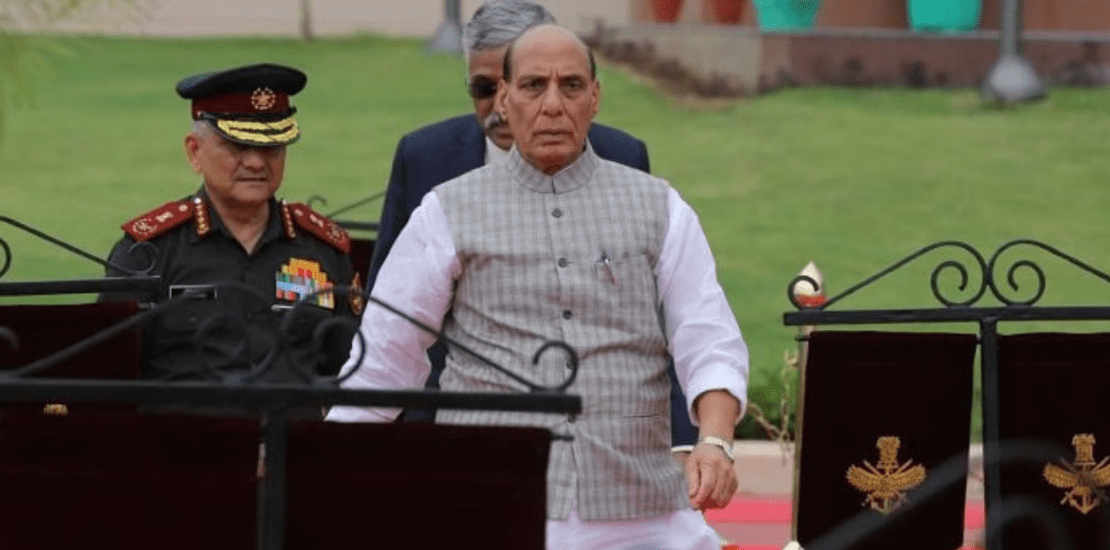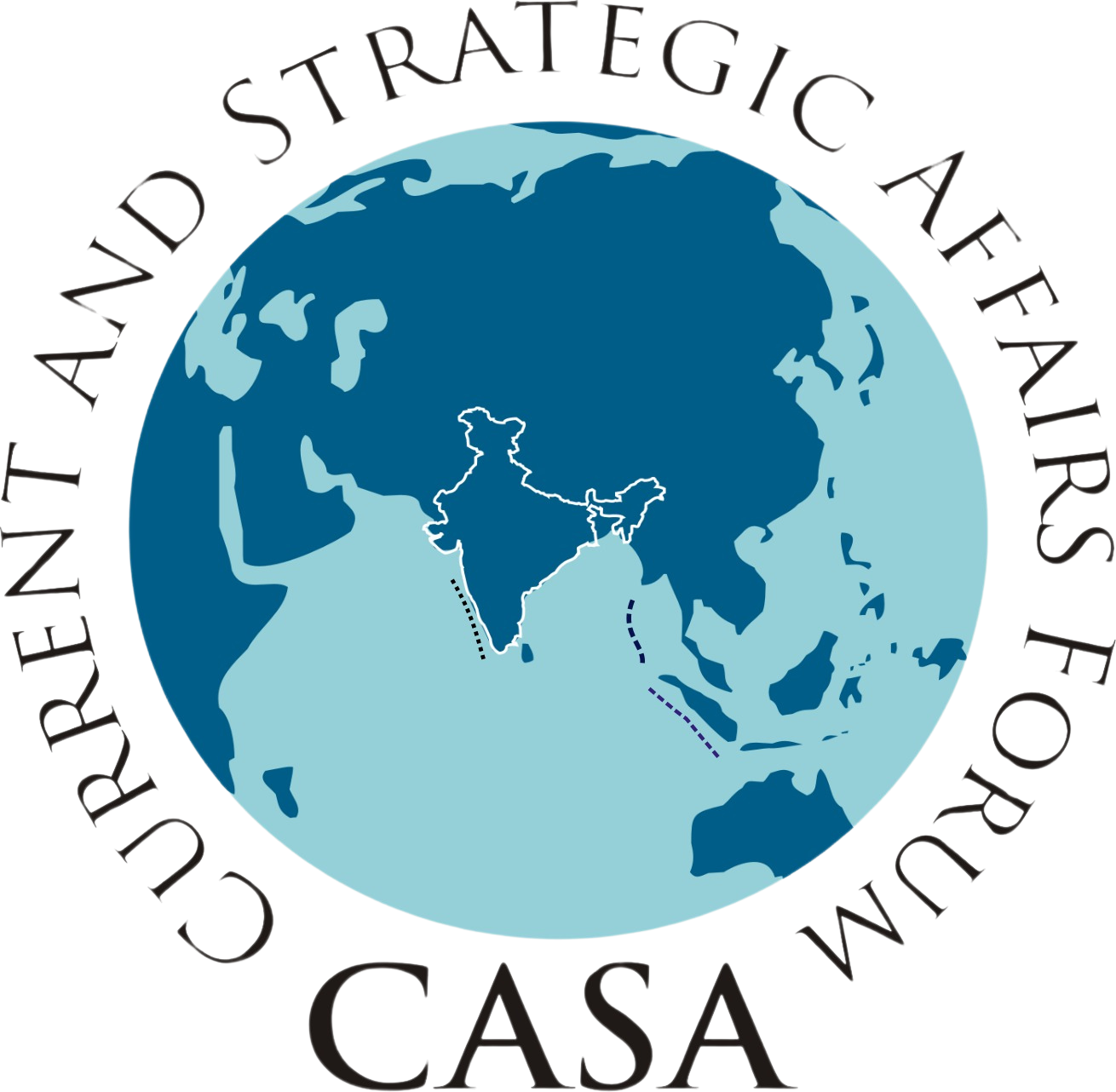Ministry of Defence has lofty reform plans for 2025. First, establish Theatre Commands
- February 20, 2025
- Posted by: Lt Gen (Dr) Prakash Menon (Retd)
- Category: India

India’s political leadership must recognise that defence preparedness requires more than the current 2 per cent of GDP, especially with rapid technological changes.
The Ministry of Defence declared 2025 as a ‘Year of Reforms’. In a press release, the Minister of Defense Rajnath Singh is quoted— “‘Year of Reforms’ will be a momentous step in modernization journey of the Armed Forces and it will lay the foundation for unprecedented advancements in defence preparations”. However, the nine broad areas listed in the press release offer little that is novel, as most have long been on the MoD’s radar. The only partially new focus is the last one: ‘Instill a sense of pride in Indian culture and ideas.’
In the press release, the one area that could qualify as being worthy of being ‘momentous’ is— “Reforms should aim to further bolster Jointness & Integration initiatives and facilitate the establishment of the Integrated Theatre Commands”. The curious construction of this sentence gives the impression that the establishment of Integrated Theatre Commands (ITCs) could ride on first bolstering Jointness and Integration. On the contrary, the aim of restructuring our present command structures into ITCs is to bolster jointness and integration. Restructuring being the means to the given end.
Loaded: 1.56%Fullscreen
Integrated Theatre Commands
It has been five years since the political decision to create ITCs was announced. That is an unacceptably long time but the decision-making process was interrupted by the tragic and untimely demise of the first Chief of Defence Staff (CDS), Gen Bipin Rawat in December 2021. It was accompanied by a nine-month delay in appointing Gen Anil Chauhan, the present CDS. The responsibility for the delay most certainly lies with the political leadership.
The political leadership could be credited for making the decision regarding the creation of the ITCs. It did not have a consensus between the three Services, with the Indian Air Force being the prime resistant force. But once the political decision was taken, the Armed Forces had no choice but to implement it. It is therefore surprising that the MoD has not done enough to get its own decision executed.
The MoD cannot, and should not, take the position that the restructuring exercise is purely a matter for the three Services to decide. If it is so, the decision may never come, and even if it does, the restructuring may turn out to be an eyewash that preserves the narrow interests of the individual Service by sacrificing the aim of achieving Jointness and Integration. One hopes that in attempting to make 2025 a ‘momentous year’ in defence reforms, the ITCs delivered will not be an outcome of the lowest common denominator principle being used to resolve thorny inter-Service issues.
Also read: Defence expenditure is no ‘sunk cost’. It is a dangerous assumption to make
Technology development and acquisition
The interconnected issues of technology and the defence acquisition ecosystem pervade most of the other focus areas. Earlier in 2021, the MoD published a fact sheet titled ‘Reforms in Defence Sector: Propelling Private Sector Participation’. It covered the accomplishments of the MoD with progress benchmarked from 2014 when the BJP came to power. The eight sections it covered included, Share in Domestic Defence Procurement, Access to Critical Technologies, Encouraging Investments, Enhancing Indigenisation, Tapping the World Market, Harnessing Design and Development Capabilities, Easing of Business and Exhibition and Outreach Programmes.
There is no doubt that a large number of initiatives in the different domains of the Defence Acquisition Ecosystem have been taken and are underway. This also includes attempts to harness critical technologies from friendly countries like the US. Indigenous startup potential has also remained an area of focus. Some reforms in the production agencies of the public sector have also been undertaken. But there is still plenty of room to level the playing field by providing equal opportunities for the private sector across the defence ecosystem, by jettisoning the proclivity to favour the public sector.
The K Vijay Raghavan committee constituted for the reform of the Defence Research and Development Organisation (DRDO) presented its report in January 2024 and recommended major changes in defence technology decision-making, reorganising DRDO and providing a greater role for the private sector and academia. The report was accepted and the implementation deadline was fixed as 31 August 2024, but as per media reports, despite several meetings and initiatives within the DRDO, no major restructuring has been achieved due to resistance from senior officials. Hopefully, such resistance will be overcome in 2025.
Budget
The very many initiatives for defence reform have so far not been backed up with additional budget allotment, which is an indispensable requirement to convert intentions and ideas into products the Armed Forces can utilise. India’s political leadership has to accept the reality that defence preparedness in a world that is rapidly changing, especially in terms of technology, demands much more than the approximate 2 per cent of GDP that has been the staple benchmark for allotment of defence budget. In reality, the real value of the allotment is attenuated due to inflation and the weakening rupee.
It remains to be seen whether the lofty intentions of the MoD will also have the necessary fund allotment when the budget is presented on 1 February 2025. If it does not, and more importantly is not so sustained in the years ahead, 2025 cannot possibly come to be identified by future historians as a ‘momentous year’ in the unending journey of India’s defence modernisation.
Lt Gen (Dr) Prakash Menon (retd) is Director, Strategic Studies Programme, Takshashila Institution; former military adviser, National Security Council Secretariat. He tweets @prakashmenon51. Views are personal.
